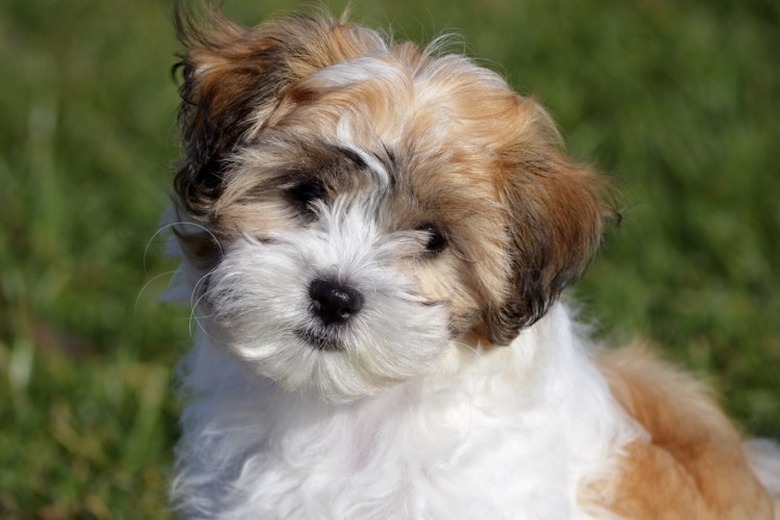Hypoallergenic Dog Breeds
Allergies are an issue for people who love pets and pets who love those people. Allergies due to animals with fur is common, especially among people with asthma. In fact, in the United States, about 30 percent, or three in 10 people, have some sort of allergic reaction to cats or dogs or both. People aren't specifically allergic to dog or cat hair but to microscopic allergens — proteins — in dander associated with the fur. Saliva and even urine can also be a source of allergens.
While there are no true hypoallergenic dog breeds, there are some dog breeds that shed less or carry fewer allergens, so individuals with pet allergies are less likely to react to these breeds. These breeds are generally referred to as "hypoallergenic" in common vernacular, but to suggest they will not cause allergic reactions in anyone is inaccurate. Types of "hypoallergenic" dogs include poodles and Yorkshire terriers. In fact, the most popular hypoallergenic dogs are doodles, which are a Labrador and poodle hybrid.
Hypoallergenic dog breeds
Hypoallergenic dog breeds
Again, there are no guaranteed hypoallergenic dog breeds, but there are some that cause fewer or less severe reactions than others. Dogs who do not molt or shed excessively are generally thought to be preferable because they create fewer allergens and reduce the amount of cleaning necessary. Poodles, Yorkshire terriers, bichon frise, Maltese, and even Afghan hounds fall into this category. Also, all three size breeds of schnauzers are low shedders.
The bichon frise is an adorable small dog embraced by those with mild allergies because these dogs don't shed but do require regular grooming and clipping, usually by a professional groomer to get the round head shape correct. Similarly, the long, silky hair of the Maltese contains less allergens but needs to be brushed regularly; this is also true of the Afghan hound for those who prefer larger dogs. The Kerry blue terrier and Irish water spaniel are also midsize to large hypoallergenic canines.
Other types of hypoallergenic dogs
Other types of hypoallergenic dogs
While less shedding helps allergy sufferers, no hair at all might be even more effective. Other types of hypoallergenic dogs, or those who come closest to hypoallergenic, are breeds with little to no fur. For instance, the American hairless terrier is exactly what it sounds like: a dog with little to no fur. Nail trims and regular bathing are required and so are jackets or sweaters in colder temperatures.
Similarly, the more popular and very recognizable Chinese crested is an alert, personable small dog who has tufts of hair on the head, paws, and tail, resulting in minimal to no shedding. Less grooming is needed, but these dogs get chilly easily. Finally, the rare Peruvian Inca Orchid comes in three sizes and a hairless variety, which clearly doesn't shed, reducing allergic reactions significantly.
Most popular hypoallergenic dogs
Most popular hypoallergenic dogs
Some of the most popular hypoallergenic dogs are also some of the most popular dog breeds, including the Maltese and bichon frise, but these are likely popular because they are compact and cute. Low shedding is a bonus. A favorite larger dog considered hypoallergenic is the doodle, which is clearly not a breed but a hybrid of a poodle and Labrador retriever. The poodle is a significant component in many "hypoallergenic" breeds.
Other poodle crosses that are low shedders include the goldendoodle, a golden retriever and poodle cross; the Yorkipoo, a Yorkshire terrier and poodle cross; and the schnoodle, a schnauzer and poodle mix. Both the Yorkipoo and the schnoodle have the advantage of two parent breeds that are low shedders, so the results will likely be as hypoallergenic as possible. The labradoodle is still the most popular hypoallergenic dog, particularly among the "doodle" hybrid breeds.
